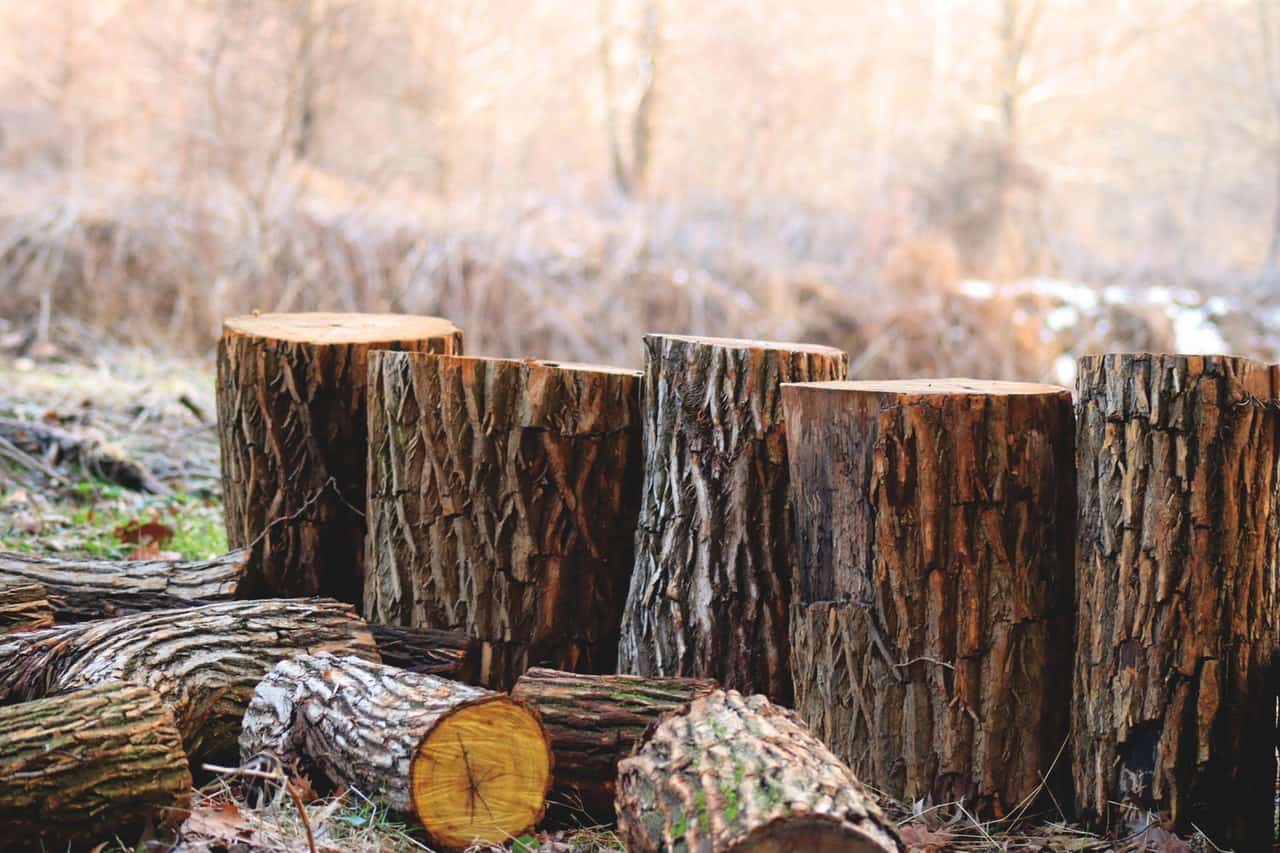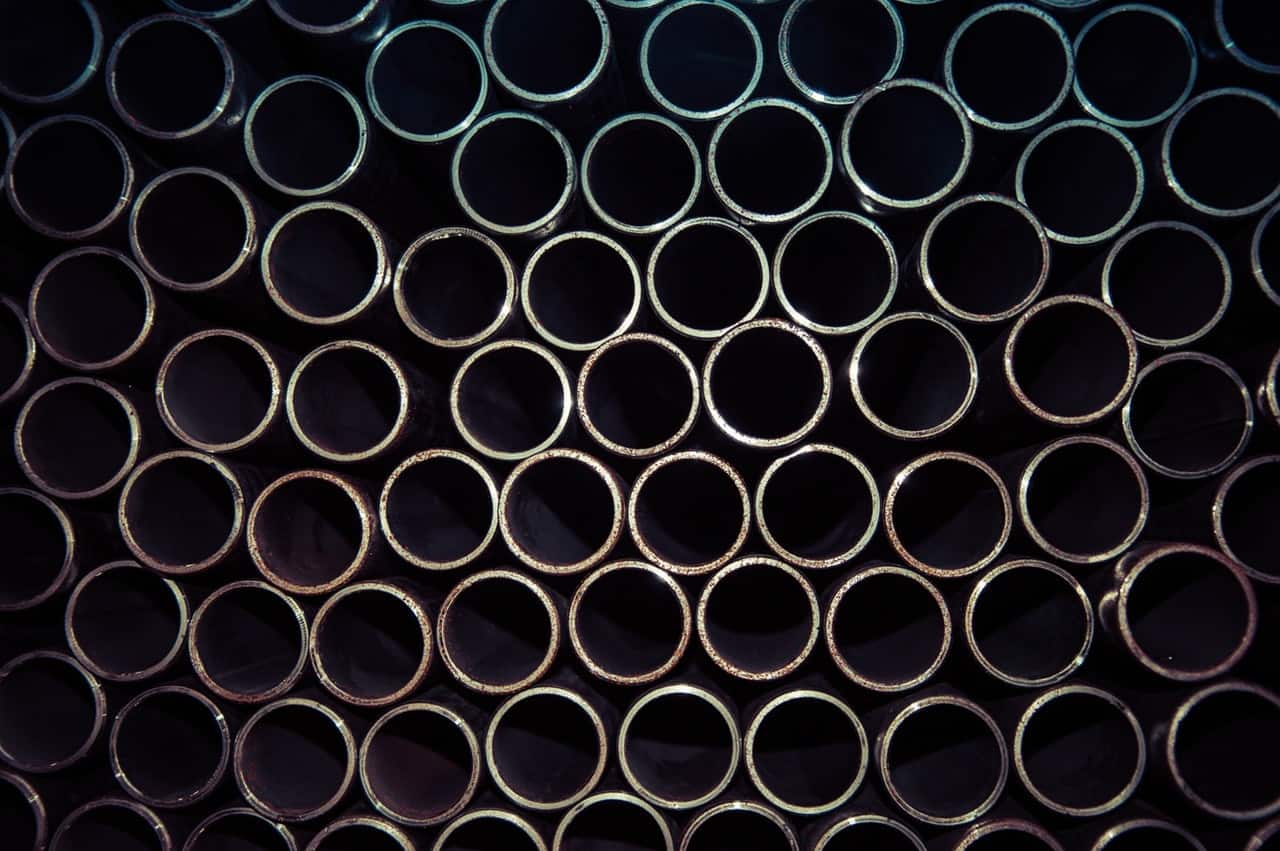The basic principle of a milling machine is quite simple: a small motor with a direct drive, and rotates a spindle with the milling tool up to 30,000 times per minute.
Usually, the milling machine is the primary tool for woodworking. The drive unit is under the worktable, the spindle with the milling head protrudes from the worktable through a central hole.
Like any other stationary tools, the workpiece is pushed past the milling head along a guide device, either manually or by mechanical feed. The drive unit and spindle are adjustable in height and inclination.
You can also mount the drive unit together with the milling tool above the worktable, in which case the milling unit is moved instead of the workpiece. You can do it via guide devices that make the unit movable in two directions. However, you can only use this milling machine if the full height of the panel material is not to be milled.
The router is a genuine all-round milling machine for interior fitters. On this hand-held milling machine, the drive unit is connected to a height-adjustable milling basket, which guides over the workpiece via two hand knobs or a pistol grip. A router can also be used to mill the V-grooves for folding gypsum plaster boards.
Moreover, a hand-guided milling machine offers the broadest range of applications. The milling types range from clean profiling of wood-based material edges and flush milling of edge banders to milling out putty and sealing residues in old window folds.
The results of a milling operation always depend on whether the milling settings have been adapted to the respective material.
Wood
Due to its cell structure, wood is very easy to contrive with a milling cutter. Since wood does not dissipate the heat generated by machining very effectively and is not cooled during milling, the only way to prevent the wood from burning is to have the sharpest possible cutting edge and a rapid feed rate.

Wood is very easy to contrive with a milling cutter.
Carbide tipped milling heads are better suited than those made of HSS (high-speed steel). The latter blunt more quickly and tend to anneal. When grinding at an angle to the wood fiber, it is always essential to ensure that you do not turn the milling head against the fiber direction, i.e., that it is milled "with the fiber." Otherwise, the torn fibers will result in a slightly rough surface of the wood.
Gypsum Plasterboard
Gypsum is a very soft building material and therefore easy to mill. However, due to the very high dust generation, only a connected extraction unit and filter bags may be used here.
The V-groove milling cutters used for shaped parts are available in various groove angles. The most common being the 90 and 135-degree versions. The milling is carried out in three milling passes, which is why a right guide rail must be used for an accurate result. The support of the gypsum plasterboard must be flat; milling is carried out at high speed.
Unlike wood, plastic does not burn:
In contrast to wood, plastic does not burn during the heat of milling but melts (thermoplastics such as PE, PVC or polycarbonate) or decomposes (thermosets such as GRP). It means that HM milling heads are also mandatory when milling plastics, as is a rapid feed rate.
In principle, wood milling cutters are also suitable for plastics, and plastics manufacturers make particular recommendations for cutting geometry for some products.
Meanwhile, you must reduce the speed for milling thermoplastics. Due to the diversity of the plastics, it is not possible to make an exact statement or to specify the speed of rotation. There should be a careful approach to the optimum speed and effective rate of the milling.
Metal
Metal can also be milled, whereby a distinction must be made between non-ferrous and non-ferrous metals.

Metal can also be milled.
For non-ferrous and non-ferrous metals, carbide-tipped milling cutters are sufficient. In ferrous metals, only milling pins (rotating files) work on straight grinders.
The cutting edge geometry of the carbide-tipped milling cutters is of particular importance. They should have as inclined a chip groove as possible so that quick and clean removal of the metal chips from the milling cutter is guaranteed.
The speed of the motor can be set lower than with wood, and trying it out on the milling cutter is also the measure of all things. Metal must be cooled at such high speeds, preferably applied with a cutting grease at short intervals.
